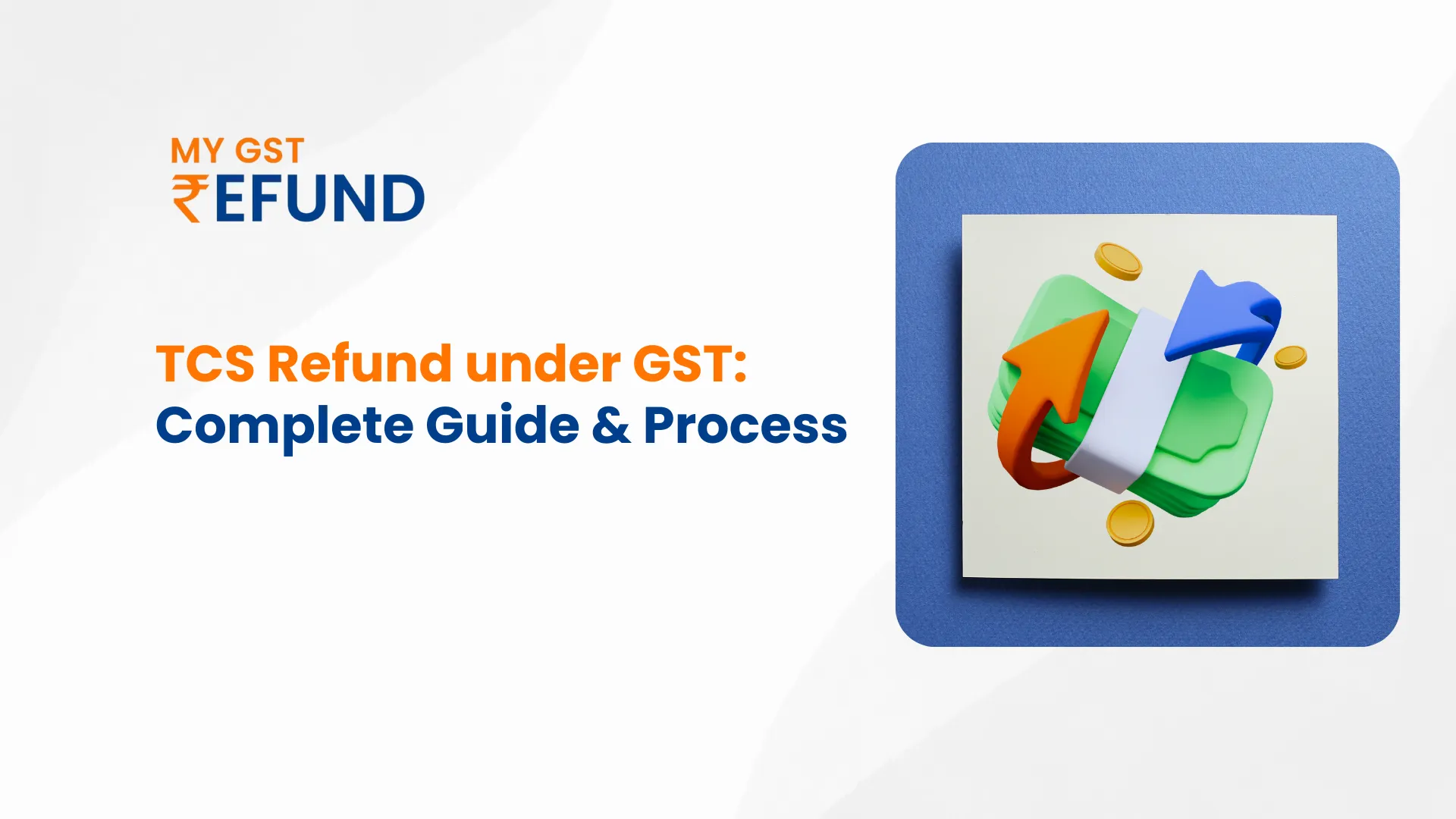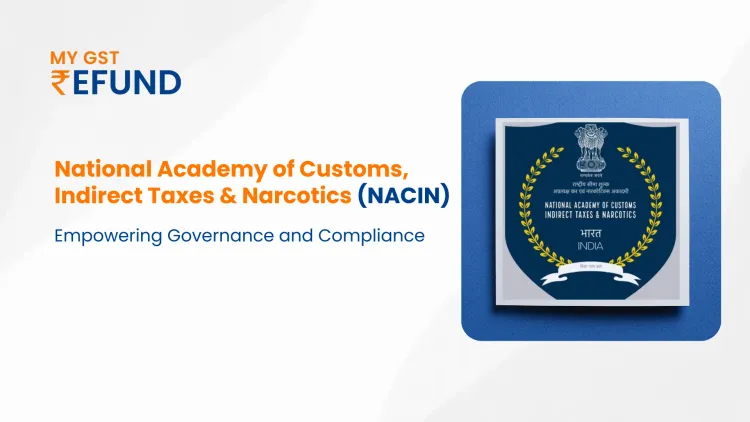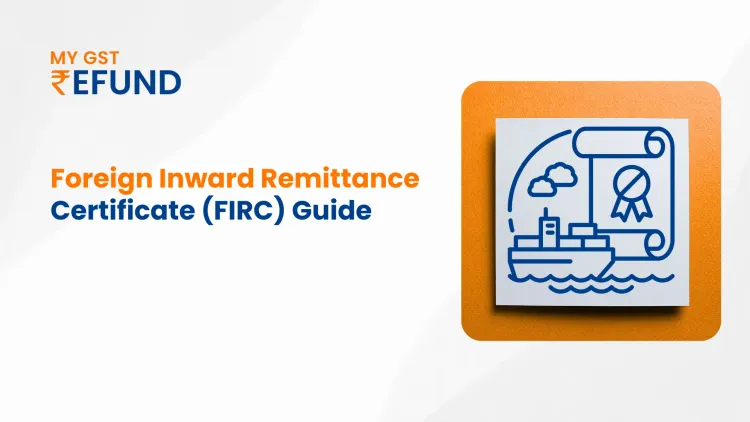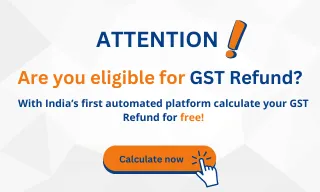TCS Refund under GST: A Comprehensive Guide
The Tax Collected at Source (TCS) procedure under Goods and Services Tax (GST) functions as a system for ensuring tax compliance which particularly regulates e-commerce operations. The operators of e-commerce platforms must collect specific tax rates from the supplies made through their platforms. The supplier can receive TCS refunds after following exact procedural steps as well as following GST compliance standards. This guide explains how businesses can claim TCS refunds through GST by showing the criteria for qualification and providing detailed instructions on calculation and step-by-step process.
What is TCS Under GST?
Meaning and Applicability
Under TCS (Tax Collected at Source), e-commerce operators get authorised to gather taxes from supplier payment transactions for taxable supplies. Section 52 of the CGST Act, 2017, mandates TCS collection for e-commerce transactions. E-commerce operators need to collect the TCS tax, which includes 0.5% of CGST combined with 0.5% SGST for intrastate transactions and 1% IGST for interstate transactions.
The TCS amounts collected by suppliers appear in Form GSTR-2A, which generates automatically for reference. TCS collections utilise the Electronic Cash Ledger (ECL) for displaying the received funds. The supplier can use TCS funds to reduce their GST taxes that include both CGST, SGST and IGST balances or submit a refund request for any amount remaining unused.
When Can a Supplier Claim a TCS Refund?
Eligible Conditions for TCS Refund
TCS refunds are accessible to suppliers who maintain GST registration and have unused electronic cash ledger balance. A supplier can claim a TCS refund only under two conditions: they have submitted both GSTR-3B and GSTR-1 for their reporting period while they do not have any outstanding tax obligations or non-compliance issues. Refunds are available only for the surplus funds present in ECL.
When Does Excess TCS Arise?
The incorrect deduction of TCS tax results in TCS excess when e-commerce operators tax-exempt transactions or handle returns and cancellations or when an e-commerce platform makes accidental TCS deposits.
Step-by-Step Process to Claim TCS Refund Under GST
Step 1: Verify TCS Credit in GST Portal
Log in to the GST Portal (www.gst.gov.in) and navigate to Services > Ledgers > Electronic Cash Ledger to check the available balance under TCS credit.
Step 2: Reconcile TCS Details
For TDS and TCS credit verification, check the details shown in GSTR-8 files submitted by the e-commerce operator under Returns > TDS and TCS Credit Received. Confirm or deny TCS entries based on the identification of differences.
Step 3: File Refund Application (Form RFD-01)
Select the Refund of Excess Balance in Electronic Cash Ledger option from Application for Refund under Services > Refunds. The refund application must include Tax Collected at Source as the reason code with the TCS refund amount and necessary supporting files.
Step 4: Submit and Track Refund Request
Users should verify their application submission with DSC/EVC before tracking its status under the Services > Refunds > Track Application Status menu. The amount takes between 30 to 60 days to complete the refund procedure starting from the submission date.
Step 5: Approval and Refund Processing
The GST officer performs a verification of the submitted claim before its approval. After verifications yield a clean result, the supplier’s bank account receives their refund. The application rejection process includes motivating the applicant about the specific rejection reasons.
Kinds of Obstacles Within the TCS Refund Procedure
- Mismatch Between GSTR-8 and Supplier's GSTR-2A
The misalignment of mentioned values creates delays in the refund process. The process of refunding TCS requires regular comparison between sales amounts and TCS deductions.
- Delays in Refund Processing
GST officers need longer than 60 days to conduct their verification process. All suppliers need to verify the precision of their financial documentation together with their filed records.
- Unclaimed TCS in ECL
The failure of multiple suppliers to request TCS refunds results in blocked cash flow for their businesses. It is essential to monitor ECL balance regularly and to make refund applications in a timely manner.
Best Practices to Ensure Smooth TCS Refunds
- Regular Reconciliation of Transactions
All invoices need to be matched with GSTR-8 records, and TCS collection and payments require separate record-keeping.
- Timely Filing of GST Returns
Missing deadlines to file GSTR-3B alongside GSTR-1 and GSTR-9 leads to report inconsistencies.
- Avoid Overpayment of TCS
Suppliers must check the accuracy of e-commerce operators’ TCS deductions and submit disputes when TCS collection is improper.
- Proper Documentation for Refund Claims
Both TCS deduction statements and payment records and invoices need to be stored in an accessible place. Any request for a GST refund must pass an exhaustive verification of all documentation to prove accuracy with the submitted GST reports.
Conclusion
Under GST law, every supplier working with e-commerce platforms must claim their TCS refund to maximise their tax credit potential. Businesses which maintain accurate reconciliation together with timely filing and compliance with GST norms will recover their excess TCS funds efficiently, thus improving their cash flow. Businesses must maintain continuous TCS credit surveillance and master refund requirements as well as perform all procedures by the book to prevent additional tax expenses and minimise the time needed for fund retrieval. The process of receiving GST TCS refunds becomes simplified by following proper planning methods combined with detailed documentation.
FAQs
1.Who is eligible to claim a TCS refund under GST?
Registered suppliers on e-commerce platforms are eligible to claim a TCS refund if the TCS collected exceeds their GST liability. Eligibility criteria include being a registered taxpayer under GST, having filed the required GST returns (Forms GSTR-1 and GSTR-3B), and possessing unutilized TCS credit in their electronic cash ledger.
2.What is the process for claiming a TCS refund under GST?
To claim a TCS refund, suppliers should log in to the GST portal, navigate to the "Refunds" section, and select "TCS refund." They must enter relevant details such as the period for which the refund is claimed and the amount, upload any supporting documents, and submit the claim electronically.
3. Is there a time limit for claiming a TCS refund under GST?
Yes, suppliers must claim the TCS refund within two years from the relevant date, as per Section 54 of the CGST Act, 2017.
Also Read : Understanding TCS under GST: Everything You Need to Know
Related Posts








